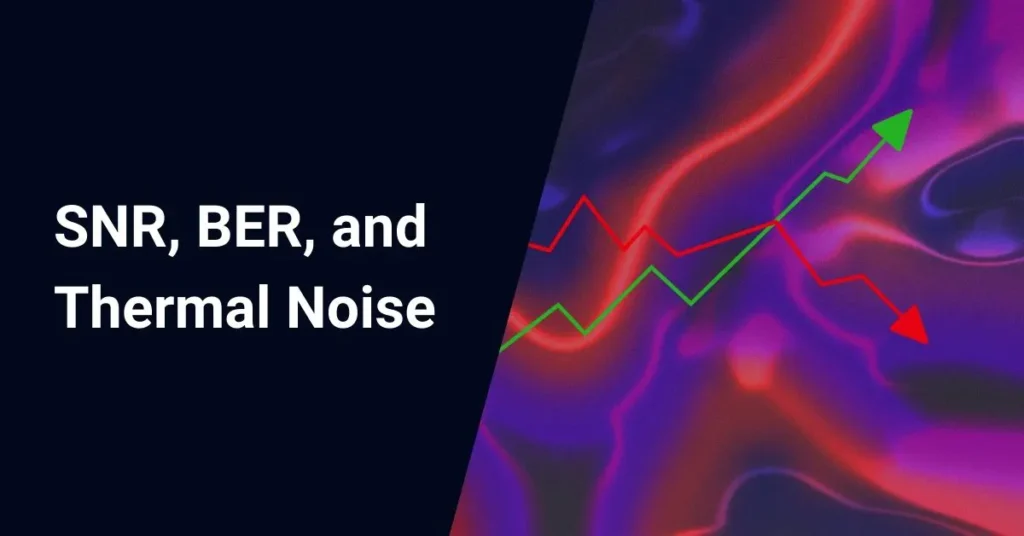Estimated Bandwidth-Length Product (BL):
This calculator provides an estimate of Bandwidth-Length Product (BL) based on fiber properties. BL is a measure related to modal dispersion, but it’s not directly equivalent.
Note: BL provides an indication of a fiber’s capacity for handling bandwidth over a certain length. For a more accurate understanding of modal dispersion, additional information might be required (not typically available to users).
How Does This Calculator Work?
This calculator provides an estimate of the Bandwidth-Length Product (BL), a metric related to modal dispersion. A higher BL value generally indicates better performance in terms of handling bandwidth over longer distances.
Important Note: BL is a simplified measure. A more precise understanding of modal dispersion might require complex simulations considering the specific mode distribution of the fiber (not typically available to users).
What is Modal Dispersion?
Light travels through multiple paths within the core in multimode optical fibers due to varying internal reflections. These paths have different lengths, causing the light pulses to arrive at the receiver at slightly different times. This phenomenon is called modal dispersion and leads to signal distortion, limiting the bandwidth of the fiber optic cable.
How to Use the Calculator:
- Fiber Type (Optional): Select the type of fiber (step-index or graded-index) if known. This can improve the accuracy of the estimate.
- Step-index fibers: Have a uniform refractive index core.
- Graded-index fibers: Have a core with a gradually decreasing refractive index profile, leading to reduced modal dispersion compared to step-index fibers.
- Core Diameter (μm) (Optional): Enter the core diameter of the fiber in micrometers (μm) if known. This information can further refine the BL estimate.
- Numerical Aperture (NA): Enter the numerical aperture (NA) value of the fiber. NA is a crucial parameter affecting light propagation characteristics. It represents the ability of the fiber to gather light from a source. A higher NA generally allows for more light acceptance but can also increase modal dispersion.
- Click the “Calculate” button to estimate the BL based on your input. The estimated BL value will be displayed with the unit (MHz*km).
Understanding the Formula (Simplified):
This calculator uses a simplified formula to estimate BL based on the NA value:
BL ≈ Constant / NA²
- Constant: This is an empirical value that can vary depending on the fiber type and core diameter (ideally). In this calculator, a typical value is used, but providing fiber type and core diameter can improve the accuracy by adjusting the constant.
Additional Considerations:
- While BL provides a general indication of modal dispersion, it’s not a direct measure. More advanced techniques like modal power distribution analysis are needed for a complete understanding.
- Single-mode fibers are designed to minimize modal dispersion by allowing only one light propagation mode, offering superior performance for high-bandwidth applications.
Applications:
BL estimation can be helpful for:
- Preliminary evaluation of multimode fiber suitability for specific bandwidth and distance requirements.
- Comparison of different multimode fiber types based on their estimated BL values.
Remember: This calculator is for educational purposes and provides an approximation. Consult fiber optic cable specifications and manufacturer datasheets for definitive performance characteristics.




